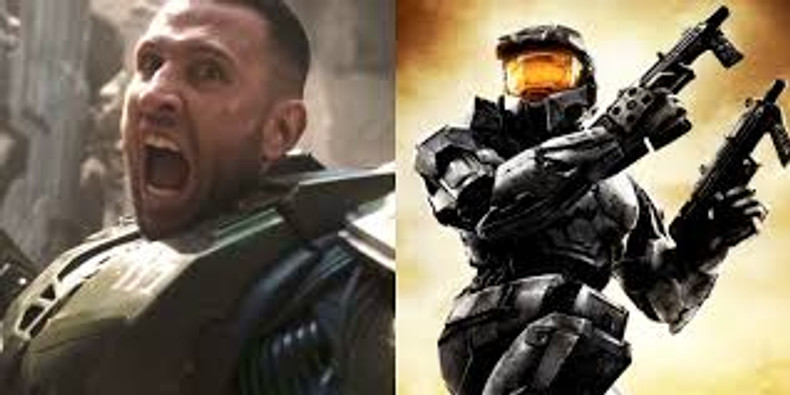When Halo: Reach launched in 2010, it became one of the most emotional and memorable games in the entire Halo franchise. Focused on sacrifice, teamwork, and the desperate final stand of humanity, it stood apart from other Halo titles. Years later, the Paramount+ series brought the Halo universe to television, offering a new take on the war between humans and the Covenant. But how does the series compare to the story told in Halo: Reach?
Gameplay vs. Storytelling
In Halo: Reach, players control Noble Six, the newest member of Noble Team, a squad of Spartan soldiers defending the doomed planet Reach. The gameplay mixes large-scale battles with moments of quiet reflection, emphasizing loss and duty. Every mission feels like a step closer to inevitable tragedy.
The Paramount+ series trades hands-on combat for cinematic storytelling. While it includes action sequences and familiar sci-fi elements, it focuses more on political intrigue and character relationships. The story centers on Master Chief and humanity’s early encounters with the Covenant, expanding the lore but moving away from the emotional squad-based focus of Reach.
Characters and Tone
The Halo: Reach game excels in building camaraderie. Players bond with Noble Team—Carter, Kat, Emile, Jorge, and Jun—each distinct in personality and fighting style. The emotional weight of losing them one by one makes the ending unforgettable.
In contrast, the Paramount+ series gives more attention to Master Chief’s inner struggles and humanity. The tone is broader, focusing on his memories, identity, and the politics behind the Spartan program. While this deepens the universe, it sacrifices the tight, soldier-focused storytelling that Reach perfected.
Atmosphere and Themes
Halo: Reach captures hopeless heroism. The planet’s downfall feels inevitable, yet every battle matters. The game’s music, pacing, and final mission—where the player makes a last stand—create one of the most powerful endings in gaming.
The Paramount series, while more expansive, centers on questions of control, emotion, and free will. Its themes are philosophical rather than tragic. Fans of Reach may find the show’s emotional tone very different: less about sacrifice, more about identity.
Final Verdict: Heart vs. History
If you want raw emotion, memorable teamwork, and the defining tragedy of the Halo universe, Halo: Reach remains unmatched. If you prefer a slower, character-driven exploration of the same universe, the Paramount+ series offers a thoughtful, cinematic experience.
Both versions expand the same universe—one through gameplay and sacrifice, the other through story and character. Together, they show why Halo continues to resonate after more than two decades.
Outbound Link: Watch Halo on Paramount+
Outbound Link: Learn more about Halo: Reach on Halo Waypoint
Love Game-to-Screen Comparisons?
Follow our weekly series where we explore legendary games and their adaptations. Next up, we’ll dive into Final Fantasy—from animated epics to cinematic experiments.

